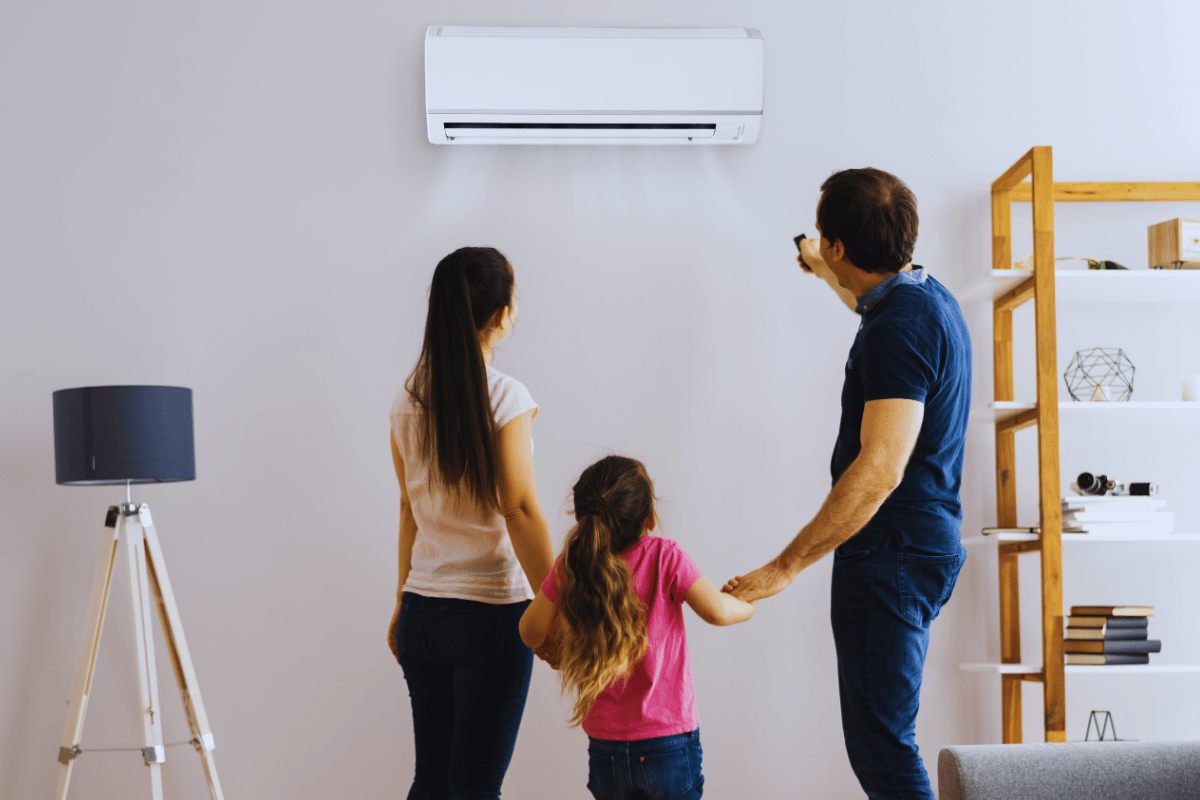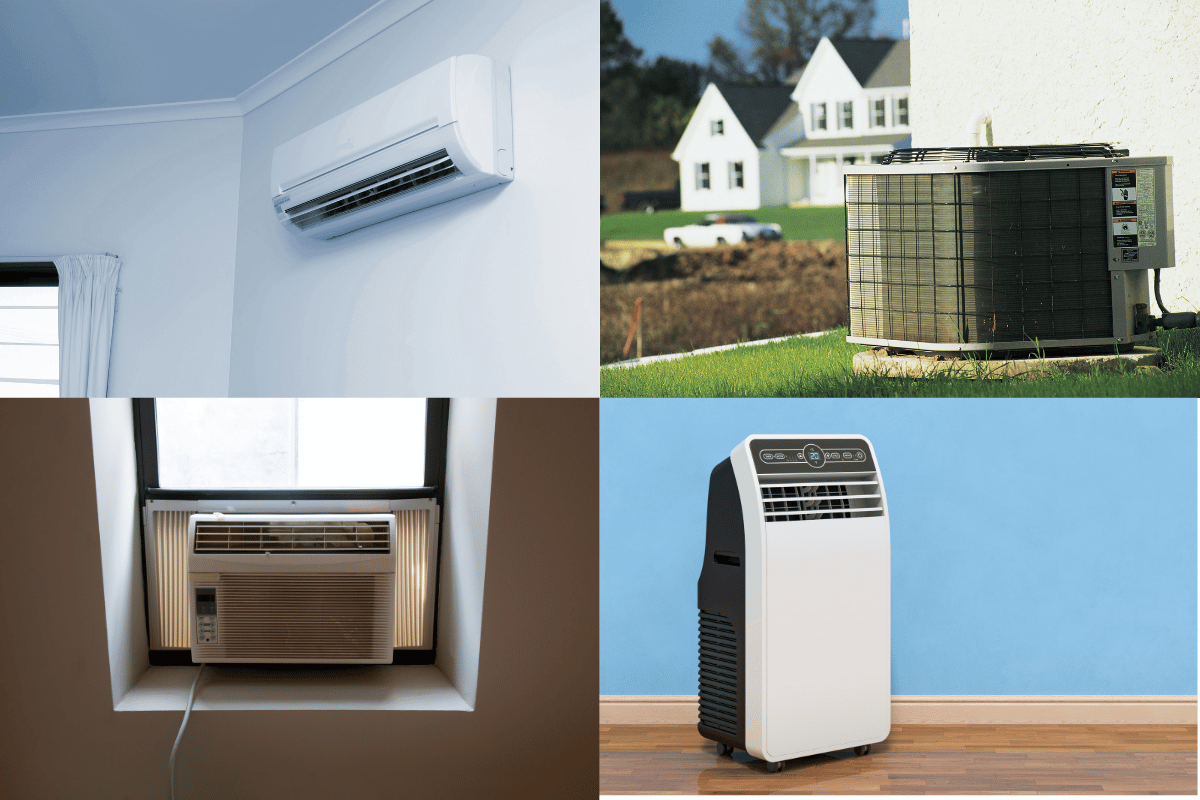How to Choose the Right Air Conditioner: A Simple Guide for Homeowners
Investing in a new air conditioning system is a significant decision. Whether you're replacing an aging unit or installing one for the first time, there's a lot to consider. With so many models, features, and specifications on the market, the selection process can feel daunting.
This guide will walk you through everything you need to know—from energy efficiency and sizing to installation and smart features. By the end, you’ll have a clearer picture of how to choose the best air conditioner for your home.
Understanding Your Cooling Needs
Before selecting a system, consider how much cooling your home truly requires. Are you cooling a single bedroom, an open-concept living area, or your entire home?
For instance, a small home office or guest bedroom might be well-served by a portable or ductless mini-split unit. In contrast, larger homes or multi-room spaces are better suited for central air conditioning systems.
Assess Your Living Environment
Your home’s layout and exposure play a major role. Rooms with heavy sun exposure may demand more cooling, while shaded or well-insulated areas may need less. Planning a renovation or addition? Opting for a scalable solution now can help you avoid higher costs down the line.
Key considerations include:
Square footage
Number of rooms and floors
Sun exposure and insulation
Anticipated home upgrades
Exploring Different A/C System Types
Air conditioning systems aren’t one-size-fits-all. Each type of system has pros and cons depending on the layout of your home, how many rooms you want to cool, and whether or not you already have ductwork.
Ductless Air Conditioning Systems (Mini-Splits)
Mini-splits are among the most efficient options on the market. Ideal for homes without ductwork, they offer zoned cooling, energy savings, and installation flexibility. Though their upfront cost is higher, the long-term savings and comfort control often justify the investment.
Learn more about the benefits of installing a mini split system ›
Central Air Systems
If your home already has ductwork, a central air system may offer the best balance of performance and cost for whole-home cooling. These systems provide quiet, even cooling but require regular duct maintenance.
Window A/C Units
Compact and budget-friendly, window units are best for renters or those cooling a single room. While they’re less efficient and noisier, they offer a practical short-term solution.
Portable A/C Units
Portable units are plug-and-play solutions ideal for temporary setups. However, they consume more energy and have lower cooling capacity. They also occupy valuable floor space and usually require venting through a window.
Choosing the Right Size Unit for Your Space
System size has a direct impact on efficiency, comfort, and long-term performance. Oversized units cool too quickly without dehumidifying properly, while undersized systems work overtime, reducing their lifespan and driving up utility costs.
Correct sizing requires more than square footage. Factors such as ceiling height, insulation quality, window area, and daily occupancy levels must all be factored in. A licensed HVAC technician can perform a Manual J load calculation to identify the optimal system size.
When your system is correctly sized, it operates efficiently, reduces humidity, and delivers consistent cooling with fewer issues.
What Is SEER Rating and Why It Matters
SEER stands for Seasonal Energy Efficiency Ratio and indicates how efficiently an air conditioner operates over an entire cooling season. A higher SEER rating translates to lower energy consumption and reduced utility bills.
How Higher SEER Ratings Save You Money
| SEER Rating | Estimated Annual Cost | % Savings vs SEER 13 |
|---|---|---|
| 13 | $1,582 | — |
| 15 | $1,372 | 13.3% |
| 17 | $1,211 | 23.5% |
| 19 | $1,083 | 31.5% |
| 21 | $980 | 38.1% |
| 23 | $895 | 43.4% |
Formula: (24,000 BTU ÷ SEER) × 2,000 hrs × $0.4287 / 1,000
In warm, humid climates like Hawaii, high-SEER systems provide a tangible return on investment. Though they may carry a higher upfront cost, their operating efficiency pays off over time.
Installation Placement: Indoors and Out
Outdoor Unit Placement
Proper placement of the outdoor condenser is essential for optimal airflow and efficiency. Units should be installed away from obstructions, fences, and windows. Keep them clear of debris and avoid cramped spaces that restrict airflow.
Indoor Unit Considerations
Indoor units—whether ductless heads or attic-mounted air handlers—should be strategically placed to allow unobstructed airflow. For ductless systems, high-wall placement ensures better circulation. Make sure the unit is accessible for servicing and filter maintenance.
Why Upfront Cost Isn’t Everything
The initial purchase price is just one part of the equation. A low-cost system may result in higher long-term expenses due to inefficient performance, frequent repairs, and premature failure.
Total cost of ownership includes:
System price
Installation fees
Energy usage over time
Maintenance and repairs
Paying more upfront for a quality, energy-efficient system can deliver meaningful savings and fewer headaches down the road. Consider warranty terms and available service plans when comparing models.
Helpful Features to Consider
New-generation air conditioners come with features that enhance comfort, air quality, and convenience. These include:
Easy-access filters for routine cleaning
High-efficiency filtration for allergens and dust
Smart thermostat compatibility (Google Home, Alexa)
Self-diagnostic error codes
Self-cleaning and sterilization modes
While not all features are essential, choosing a system with the right combination of benefits can improve both daily comfort and long-term maintenance.
Professional Installation Makes a Difference
Installing an air conditioner isn’t something you want to DIY. A certified HVAC technician will make sure your system is properly sized, installed, and tested for performance.
Increased Warranty Protection
Professional installation ensures your system is set up to manufacturer specifications. Most warranties require installation by a licensed technician to remain valid—and many contractors offer extended warranties for added peace of mind.
Working with a pro also gives you access to service plans and expert guidance on keeping your system in top condition.
If you're still deciding which system to install, a consultation with a licensed HVAC professional can provide clarity and direction.
Regular Maintenance Pays Off
Even high-end systems require regular upkeep. Staying on top of maintenance helps prevent breakdowns, lowers energy costs, and extends system life.
Basic Maintenance Tips
Clean or replace filters every 1–3 months
Schedule annual inspections and tune-ups
Remove vegetation and debris around outdoor units
Monitor refrigerant levels and thermostat settings
Keep vents and air pathways unobstructed
Need a full checklist? Visit our complete AC maintenance guide ›
Look for Rebates and Incentives in Hawaii
Programs like Hawaii Energy offer rebates for ENERGY STAR® systems and high-SEER installations. These incentives can significantly reduce upfront costs and help homeowners transition to more efficient cooling solutions.
Ask your contractor about qualifying models or check rebate portals before you buy.
Final Thoughts
Selecting the right air conditioner isn’t just about picking the biggest or cheapest option—it’s about making an informed choice that fits your space, lifestyle, and budget.
By understanding your cooling needs, exploring system types, and relying on expert installation, you’ll be better equipped to enjoy years of reliable, efficient comfort.
Ready to take the next step? Reach out today to explore our latest cooling solutions—we’ll help match you with a trusted local contractor for a custom recommendation.




